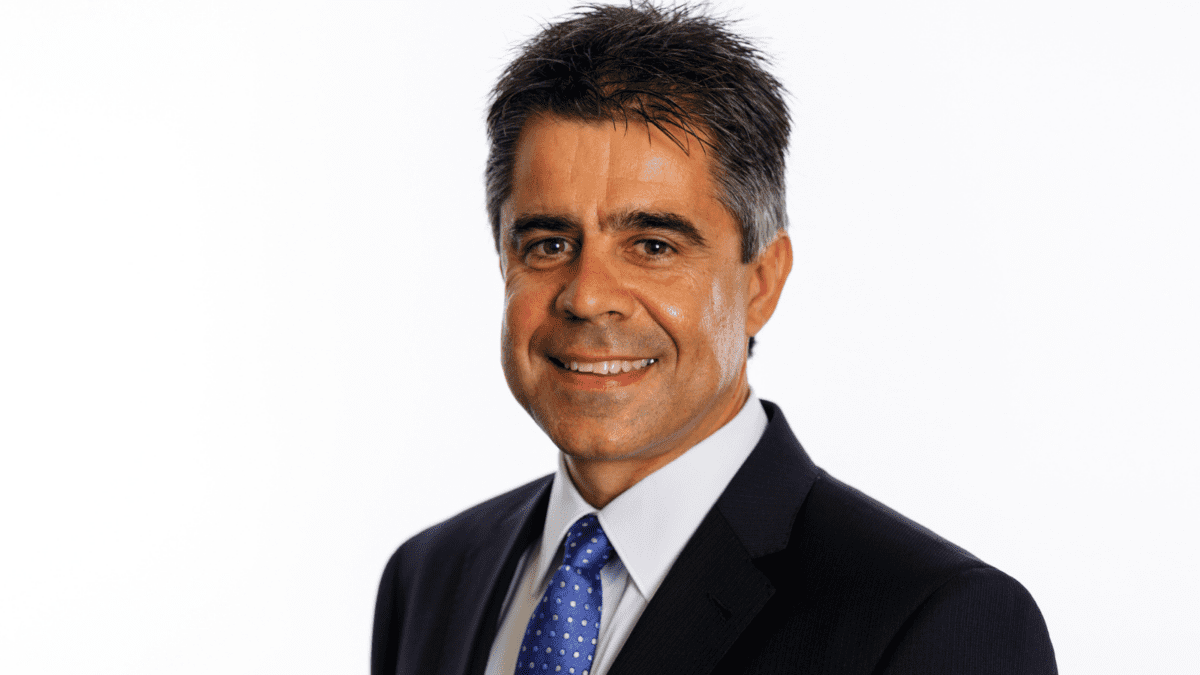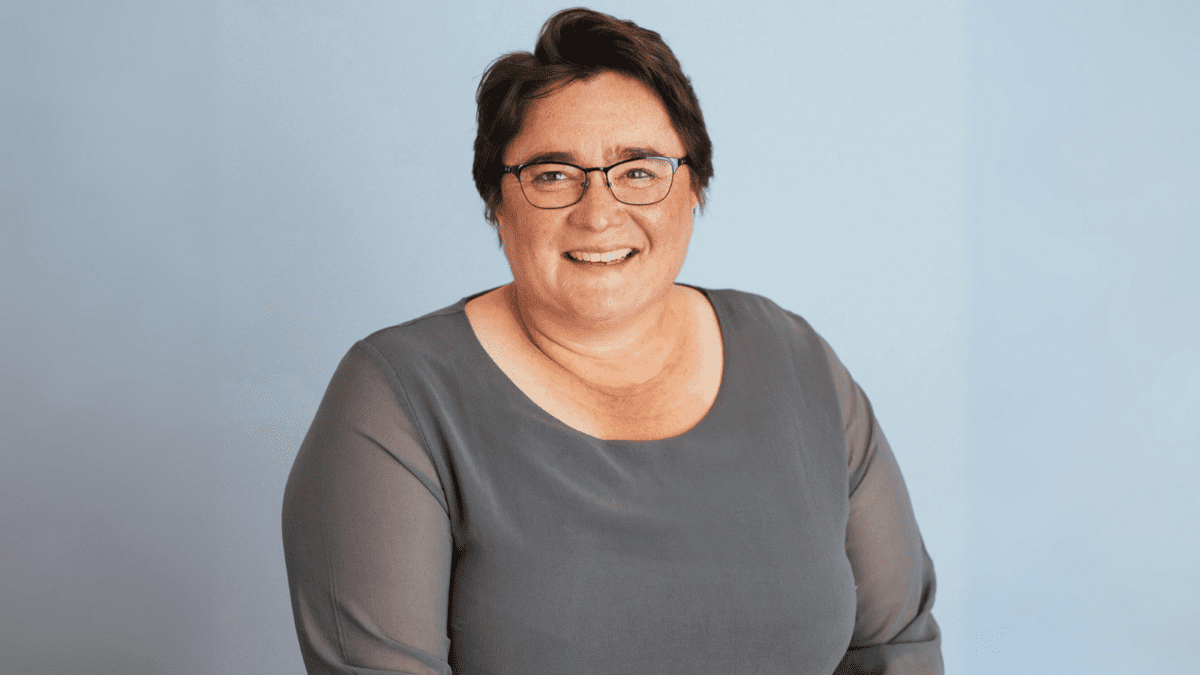Ageism is the latest industry excuse to criticise SMSFs
Self-managed super funds (SMSFs) seem to attract more flak than a Lancaster bomber on a bombing raid over Germany. No matter the investment performance, no matter the evident satisfaction they give their trustees and members in running them, they always seem to be in the firing line – especially from other sectors of the industry.
Before the Cooper Review – the final report was handed down in 2010 – it was widely assumed (perhaps hoped is more appropriate) that his report would recommend their winding down. In the event, he gave them a qualified tick of approval. Round one to SMSFs.
The next cab off the rank for their critics was costs. They were too costly, too time-consuming, too complex for the trustees. Far better to leave it to the experts – the APRA-regulated funds. That SMSFs might have been prepared to pay the extra costs to have control over their superannuation was never considered.
Nor were SMSF claims that the costs weren’t that prohibitive taken seriously until an exhaustive Rice Warner 2020 report provided conclusive evidence that they were cost effective above $200,000 – the vast bulk of SMSFs with median assets per member standing at $467,000 at 30 June 2022. More than that, they were the cheapest option above $500,000.
Investment performance was also weaponised against SMSFs. How could these rank amateurs compete with the professional managers running the big pension funds? Quite clearly, they couldn’t. Remember those caustic comments about SMSFs being cash and term deposit heavy in the run-up to the 2008 GFC? We later discovered in the aftermath of that financial implosion that being overweight in those assets was a pretty safe place to be while the smartest blokes in the room – the hedge fund managers and those invested in their products – went south.
Then came the hard evidence about SMSFs’ investment performance that the anecdotal evidence had long suggested via a 2021 University of Adelaide research report. It found, just like Rice Warner, that $200,000 was the magical number at which they held their own against the APRA-regulated funds. And the larger a fund became, the better they performed.
Now the issue being flagged is the age of trustees – nearly 20 per cent of members are 75 years or older – and whether they have the wherewithal to oversee their fund considering their complexity and costs. Far better they transfer back to the APRA system where ‘big bother’ will do it all for them. As one observer noted, they should be reviewed regularly to see whether these SMSFs continue to be fit for purpose.
The cots issue never stacked up. Rice Warner demonstrated that SMSFs were cost effective at $200,000, and you could count the number of SMSFs in this 75+ age bracket with less than $200,000 in their fund on one hand.
As for returning to the warm embrace of the APRA funds, these are the same funds the Assistant Treasurer Stephen Jones was highly critical of, saying their retirement support services were “slow”, “unresponsive” and “not member-focused”.
His assessment came hard on the heels of the regulator’s assertion that many of the large funds have mostly ignored a new legal obligation to help customers prepare for retirement. APRA-related funds are great accumulators, but historically fall short once their members hit retirement.
In sharp contrast, SMSFs, where about 50 per cent of the funds are in pension phase, have long experience in handling this phase of their superannuation journey. For them to be told to prove they are fit for purpose must be galling, especially when the APRA-regulated alternative – to quote a Labor Minister with historically close ties to the dominant industry fund sector – is “slow”, “unresponsive” and “not member-focused”.
A quick glance at the Australian Tax Office figures will show that SMSFs do regularly get wound up. In the 12 months to 30 June 2023, 10,741 pulled up stumps. Although the numbers do not tell us why, it seems fair to assume that mortality and the ageing process would be part of the answer. For those who wish to manage their own superannuation, SMSFs have been a viable solution – and it’s time for the rest of the industry to allow them to prosper in peace.









